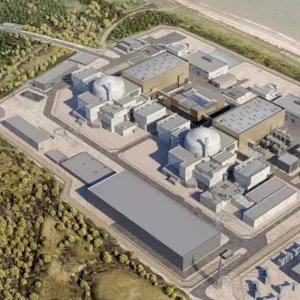Four prequalified joint ventures have been issued with tender documents for the public-private partnership (PPP) procurement of the Metro North tram link in Dublin.
The project will involve construction of some twin tunnels of 6.7m diameter, spaced approx 7m apart, mostly in the centre of Dublin but also at the airport. The tunnels will be at least 20m deep, resulting in cover of 15m. There will also be a section of cut and cover tunnel construction. Boreholes of 20m-55m depth are to be sunk.
The four JVs are: Cathro; Celtic Metro Group; Dublin Express Link; and, MetroExpress.
The Cathro JV includes Strabag, and the Celtic Metro Group contains Grupo Soares da Costa and Obrascon Huarte Lain. In the other JVs, Bouygues is part of Dublin Express Link, and Global via Infraestructuras is a member of MetroExpress.
Under the 30 year-PPP concession, the winning bidder will design, finance, build and operate the 17km long tram link that will run north-south in the city. The project is being developed by Railway Procurement Agency Ireland.
Tenders for the concession are sought towards the end of this year with best, and final, offers then required after the legal rights for the scheme, via the railway order, are given in 2009. The client expects to submit its application for the railway order shortly.
The route will run from Lessenhall in the north of the city and on to the airport and then the heart of Dublin, to Parnell Square and O’Connell Bridge. On the south side of the river Liffey then Metro North route will link with existing lines at St Stephen’s Green.
O’Connell Bridge station will be mined in rock beneath the river Liffey, breaking out from the excavated running tunnels. Parnell Square station will be excavated by top-down box construction.
There has not been a decision yet on whether 24 hour working will be allowed for the construction phase of the project. Less noise disturbance is anticipated as the tunnels will be smaller than those for the Port Tunnel and spoil will be about a quarter of that produced from that scheme.
The project is expected to carry approximately 34M passengers per year, and is part of the government’s Transport 21 investment programme.







